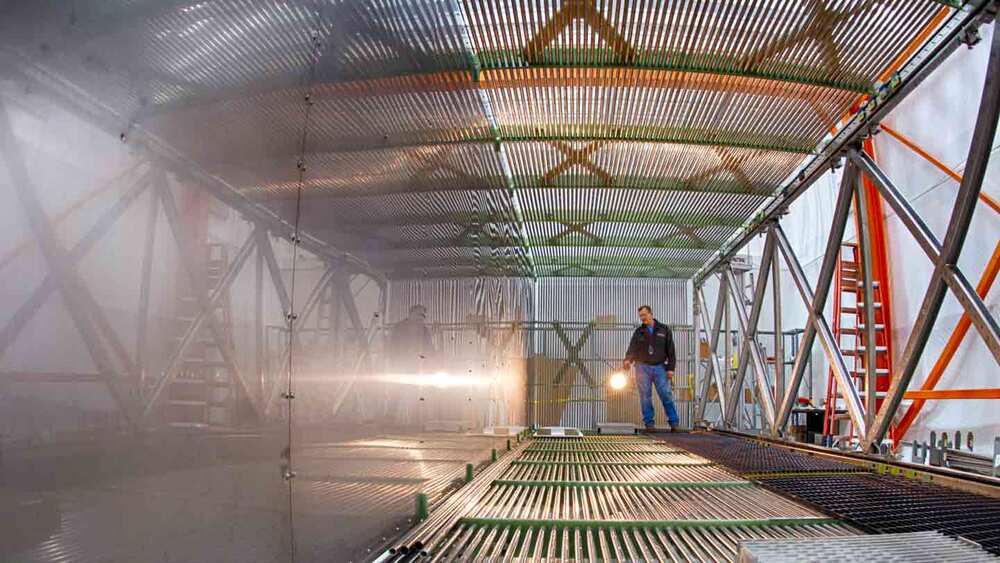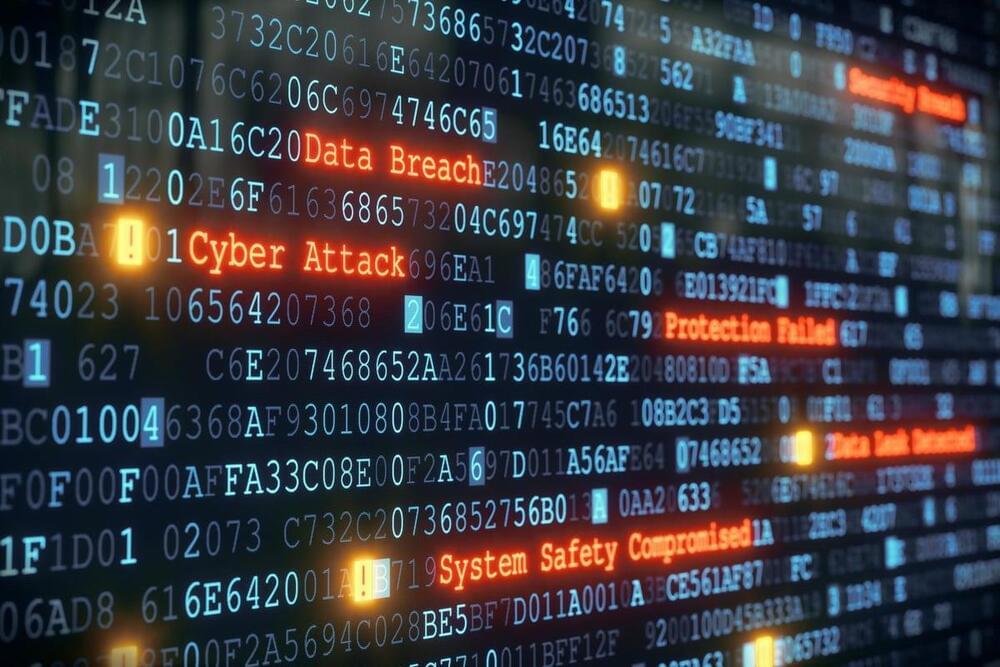In “The Genetic Lottery: Why DNA Matters for Social Equality,” Kathryn Paige Harden explores how genetics can affect life outcomes.


Nearly four billion years ago, life on Earth began with a single living cell containing a replicating molecule of DNA. From that point on, that original cell, the first to develop the awesome capacity for reproduction, divided and redivided and subdivided its protoplasm to fill the oceans with life. And since the Cambrian Explosion, half a billion years ago, complex organisms have proliferated and evolved into the myriad plants and animals, including ourselves, that now inhabit and comprise this beautiful planet. But no matter how many times a cell fissions in the process of embryological development, all the daughter cells collectively continue to comprise but one single organism. Thus the entire biosphere of Earth comprises the body of a single vast living being—Mother Earth Herself: Gaea.
#TheaGenesis #GaiaHypothesis #SyntellectEmergence
In order to understand the nature of Gaea, we must first understand our own origins. Each of us began our individual life as a single fertilized cell—a zygote…all the daughter cells collectively continue to comprise but one single organism.
Taiwan’s Ministry of National Defense (MND) has unveiled its new “Army Iron Man” powered exoskeleton system for troops to use on the battlefield and during disaster relief. The first-generation suit was reportedly designed by Taiwan military’s top research body, the National Chung-Shan Institute of Science and Technology (NCIST)
The unveiling of what is dubbed as the ‘ironman’ suit comes in the backdrop of rising tensions between Taipei and Beijing.
#Taiwan #IronManSuit #China.
Crux is your daily dose of the big, viral and relevant news in a few minutes. It’s your ultimate guide to staying informed on the latest in politics, international relations, sports, entertainment and social media.
Follow CRUX on Instagram (@crux.india): https://bit.ly/3qSFx1K
Follow CRUX on Facebook: https://bit.ly/2Lte7iF
#GetCloserToTheNews with latest headlines on politics, sports and entertainment on news18.com https://bit.ly/2Y4QccL
Also watch:
Crux One Take: https://bit.ly/3oNaLWf.
Crux Files: https://bit.ly/3mnbnjW
Crux BTS: https://bit.ly/3oCjbQE
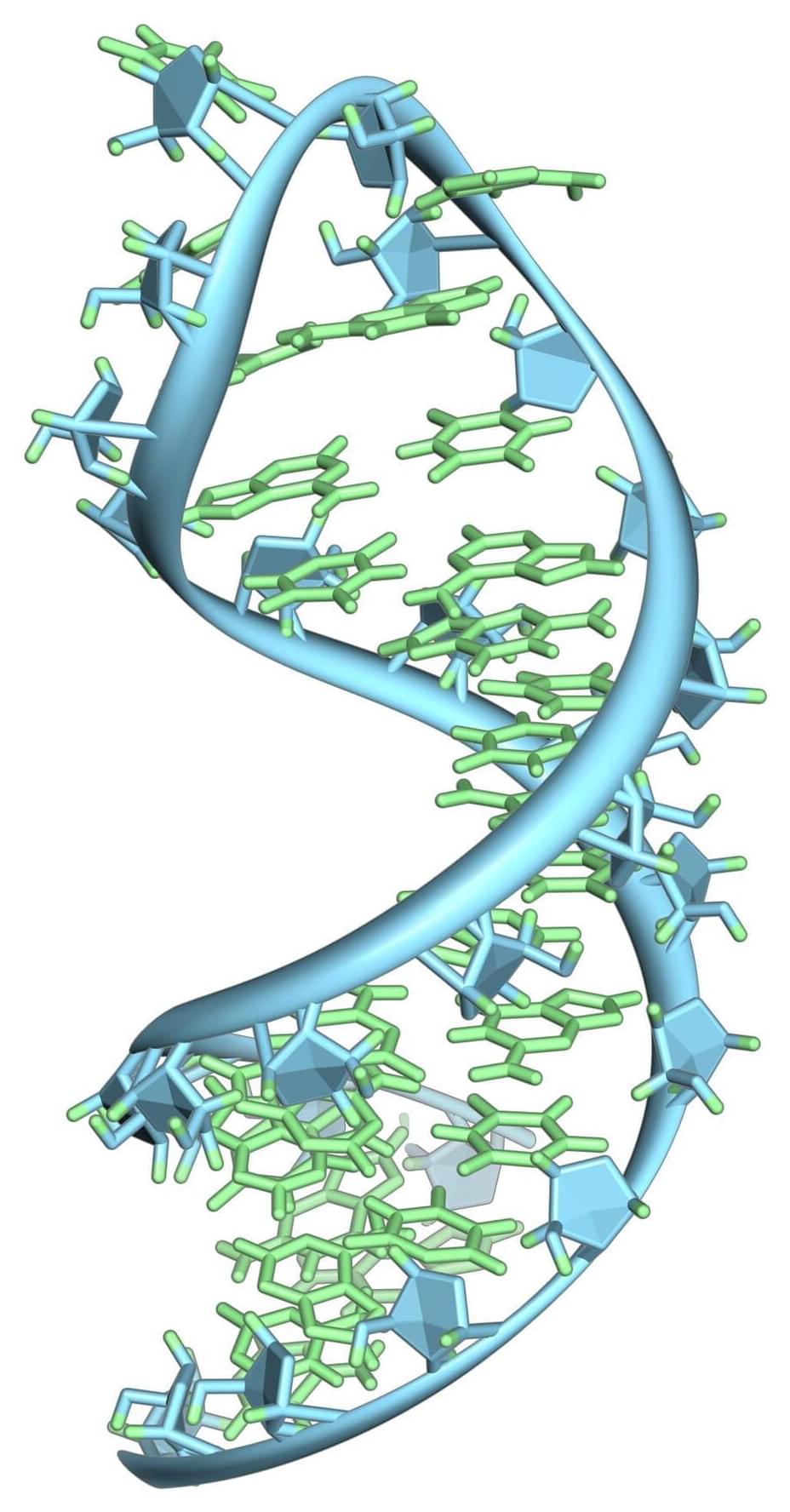
Researchers at MIT and Harvard University have designed a way to selectively turn on gene therapies in target cells, including human cells. Their technology can detect specific messenger RNA sequences in cells, and that detection then triggers production of a specific protein from a transgene, or artificial gene.
Because transgenes can have negative and even dangerous effects when expressed in the wrong cells, the researchers wanted to find a way to reduce off-target effects from gene therapies. One way of distinguishing different types of cells is by reading the RNA sequences inside them, which differ from tissue to tissue.
By finding a way to produce transgene only after “reading” specific RNA sequences inside cells, the researchers developed a technology that could fine-tune gene therapies in applications ranging from regenerative medicine to cancer treatment. For example, researchers could potentially create new therapies to destroy tumors by designing their system to identify cancer cells and produce a toxic protein just inside those cells, killing them in the process.
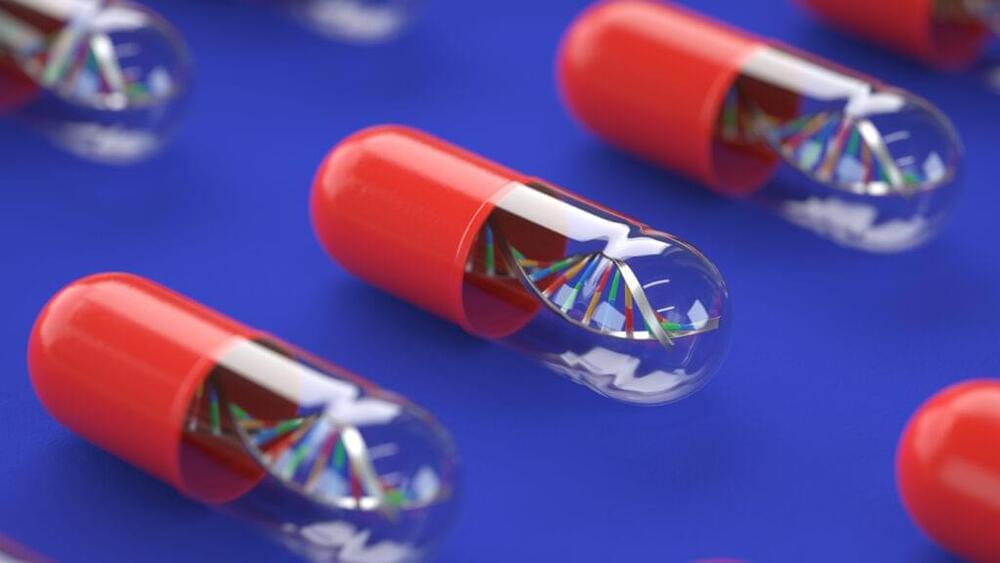
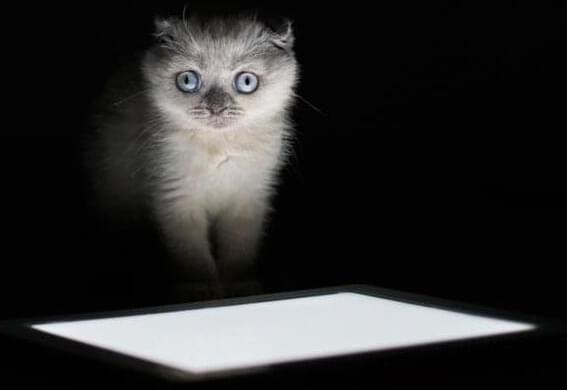
The general index is a collection of 100+ million scientific papers that can be downloaded in 38 Terabytes. It is structured and can be searched via code.
There’s a vast amount of research out there, with the volume growing rapidly with each passing day. But there’s a problem.
Not only is a lot of the existing literature hidden behind a paywall, but it can also be difficult to parse and make sense of in a comprehensive, logical way. What’s really needed is a super-smart version of Google just for academic papers.
Enter the General Index, a new database of some 107.2 million journal articles, totaling 38 terabytes of data in its uncompressed form. It spans more than 355 billion rows of text, each featuring a key word or phrase plucked from a published paper.
Join us on Patreon!
https://www.patreon.com/MichaelLustgartenPhD
Paper referenced in the video:
Fruit and Vegetable Intake and Mortality Results From 2 Prospective Cohort Studies of US Men and Women and a Meta-Analysis of 26 Cohort Studies.
https://pubmed.ncbi.nlm.nih.gov/33641343/

